TABLE OF CONTENTS
The humble walk cycle animation.
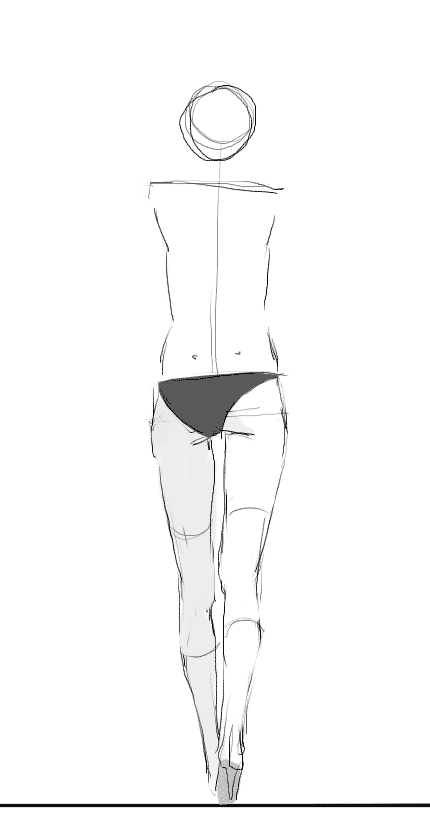
The animation that almost every character animator has done at one point or another.
You could even say it’s a rite of passage.
The thing that opens the metaphorical gateway and allows you to delve deeper into the world of character animation.
But the usefulness of a good walk cycle should never be understated. Regardless of what kind of character you might be animating, it’s safe to assume that many will need to walk.

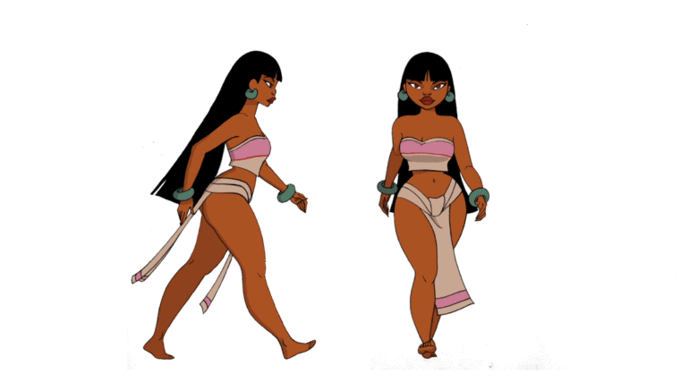

So in addition to reading about building the best kind of PC that’ll let you work as fast as possible in your daily 2D and 3D animation work, it’s paramount to know how to create realistic, weighty, and striking walk cycles that show your character’s personality and give them that extra bit of depth.
And to do that, you need good, high-quality walk cycle references.
So, I’ll go over some of our favorite walk cycle references in this article and talk about how to create your very own as well.
Some of Our Favorite Walk Cycle References
100 Ways to Walk by Kevin Parry
“100 Ways to Walk” is just that. A video showing 100 different ways that your humanoid characters can walk.
Now, you might be thinking that this isn’t an actual walk cycle reference source. It’s just a fun, random video.
And that’s true to an extent. Yes, it might not be a professionally made walk cycle reference, but it’s a very good tool to get inspired and figure out just what kind of walk cycle, and personality, you want your character to have.
Even if you don’t then use the video itself to create your walk cycle, it’ll still give you a solid foundation to work off of to incorporate your own ideas or other walk cycle references into it.
I always find myself reaching for this video when I have to create more cartoon-like characters. Characters you can put a bit of exaggeration into with it being weird.
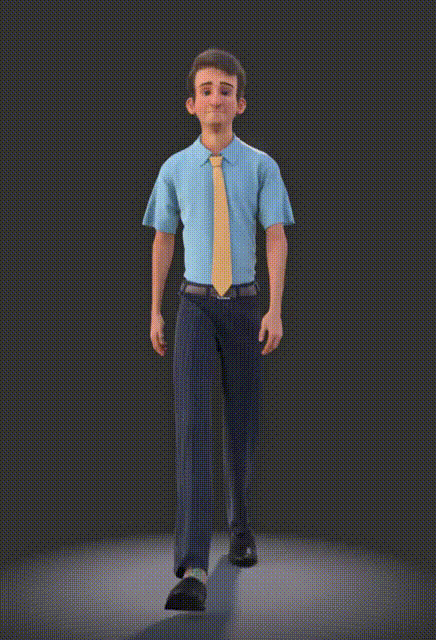
GIF-Credit: Arthur Philippe
I find that the different walk cycles shown in the video work well with those sorts of characters.
The Animated Survival Kit Animated Logo by ROCKET SKY 3D ANIMATION SCHOOL
If you’ve ever dabbled in 2D animation or, heck, even animation in general, you’ll have probably heard of The Animator’s Survival Kit by the legendary animator Richard Williams.
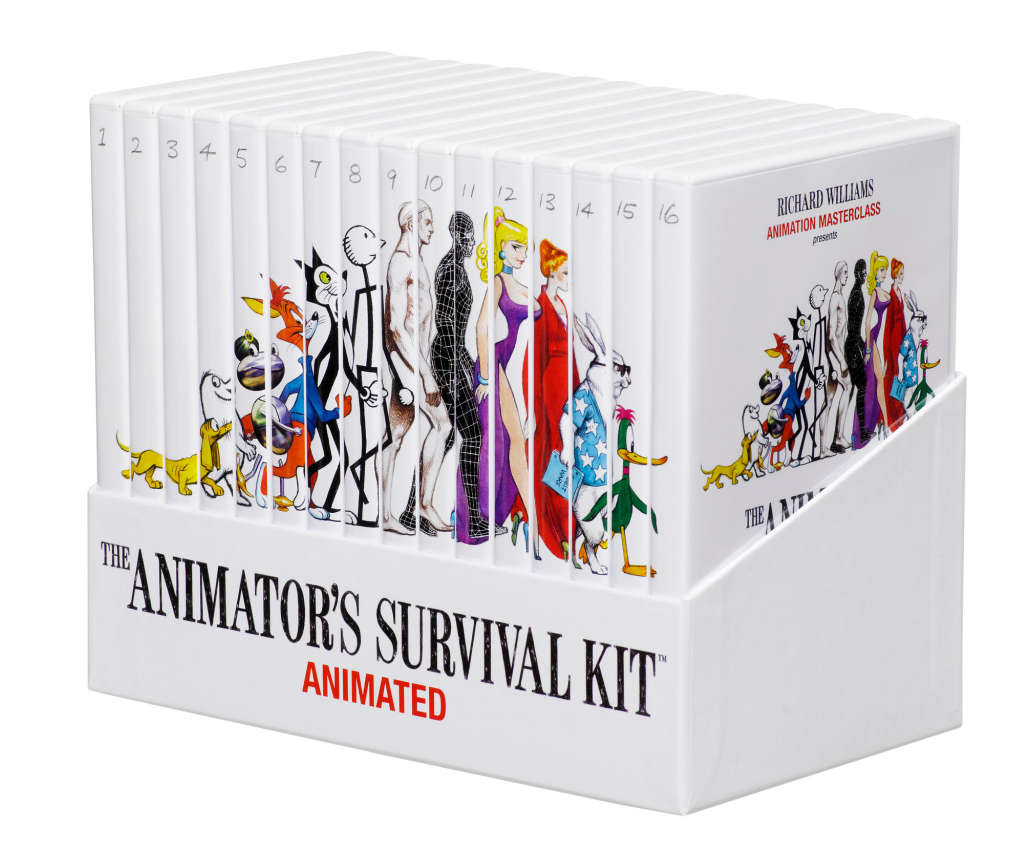
It’s basically a masterclass in animation. An absolute horde of knowledge broken up into digestible chunks.
It’s a good resource to look into regardless of your current level of proficiency when it comes to animations.
But that’s not what we’re here to talk about.
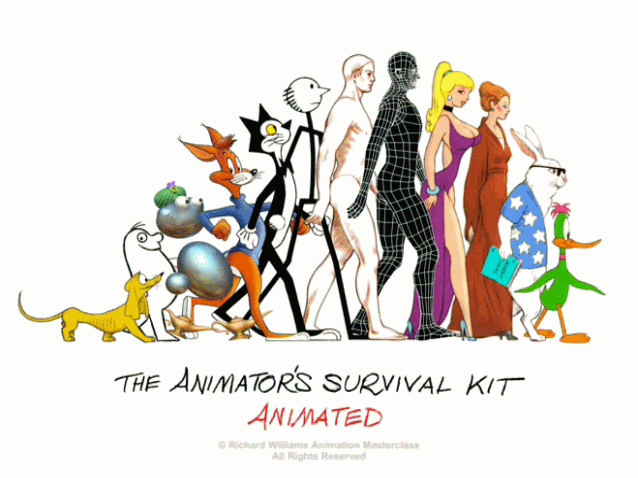
“The Animated Survival Kit” is a group collaborative project created by Rocket Sky 3D Animation School.
It’s a short, yet extremely well-animated video made with all the principles taught in the book in mind.
And as you can see, it resulted in one of the most oddly-satisfying and pleasing walk cycle references around.
Animal Gaits for Animators by Stephen Cunnane
And now switching from bipeds to quadrupeds, this professionally made video shows us how to animate our favorite furry critters.
Animal gaits are notoriously difficult to get right. There are a lot of minute details that you might miss during the creation process, but will make your animation look “off” if you don’t get right.
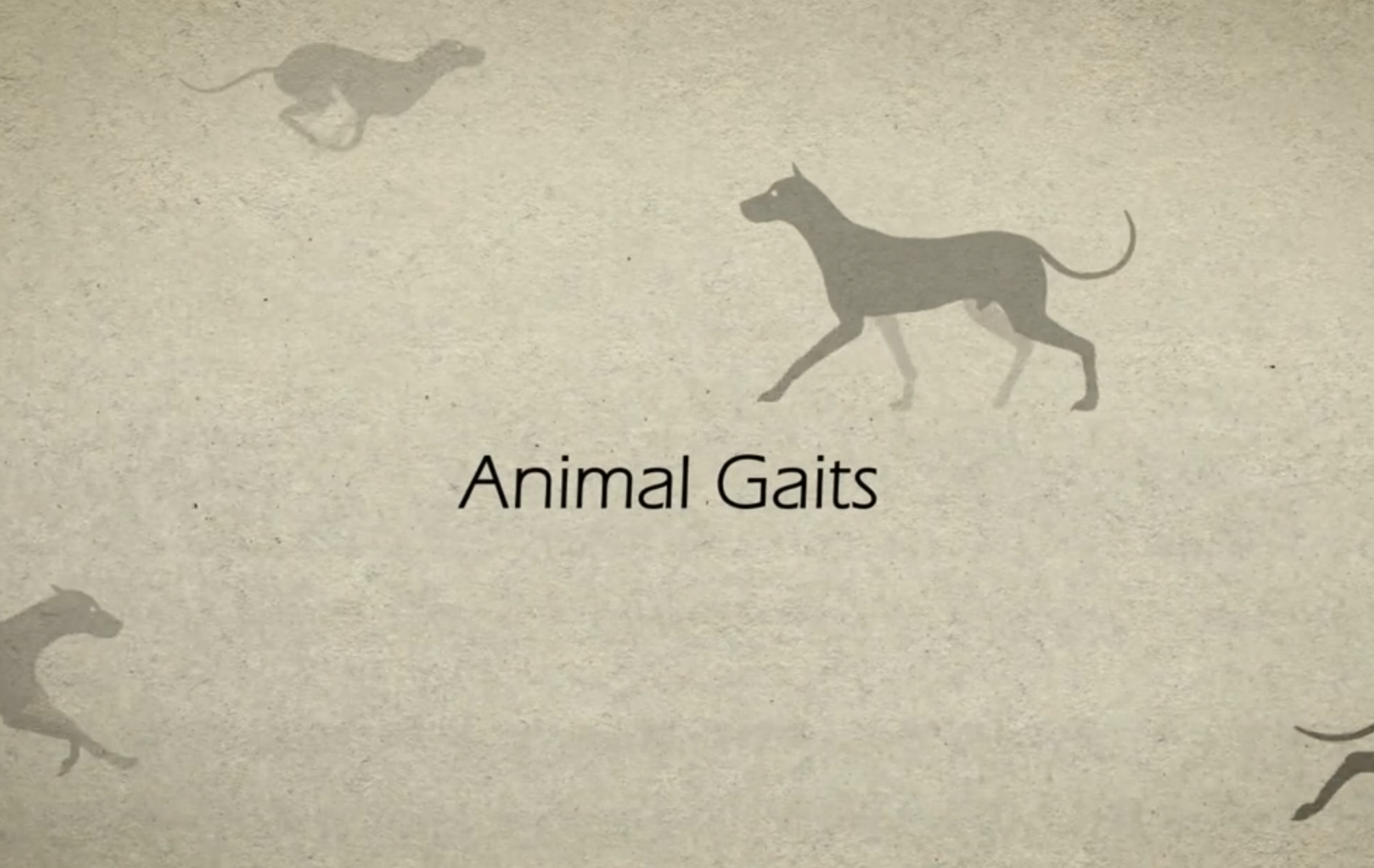
So this handy resource helps you figure out the basics of animal gaits and makes it easy to create walking animations for most typical quadrupeds.
I personally use it as a reference to get a good “base” walk cycle going before I go in and add in the minute details of whatever animal I’m animating.
Where to Find Walk Cycle References
Three cool walk cycles references are all nice and dandy, but sometimes you need more than that.
Well, we got you covered. Here is where I personally get most of my references, whether they be walking or not.
Bodies In Motion “Walking-Locomotion” Collection
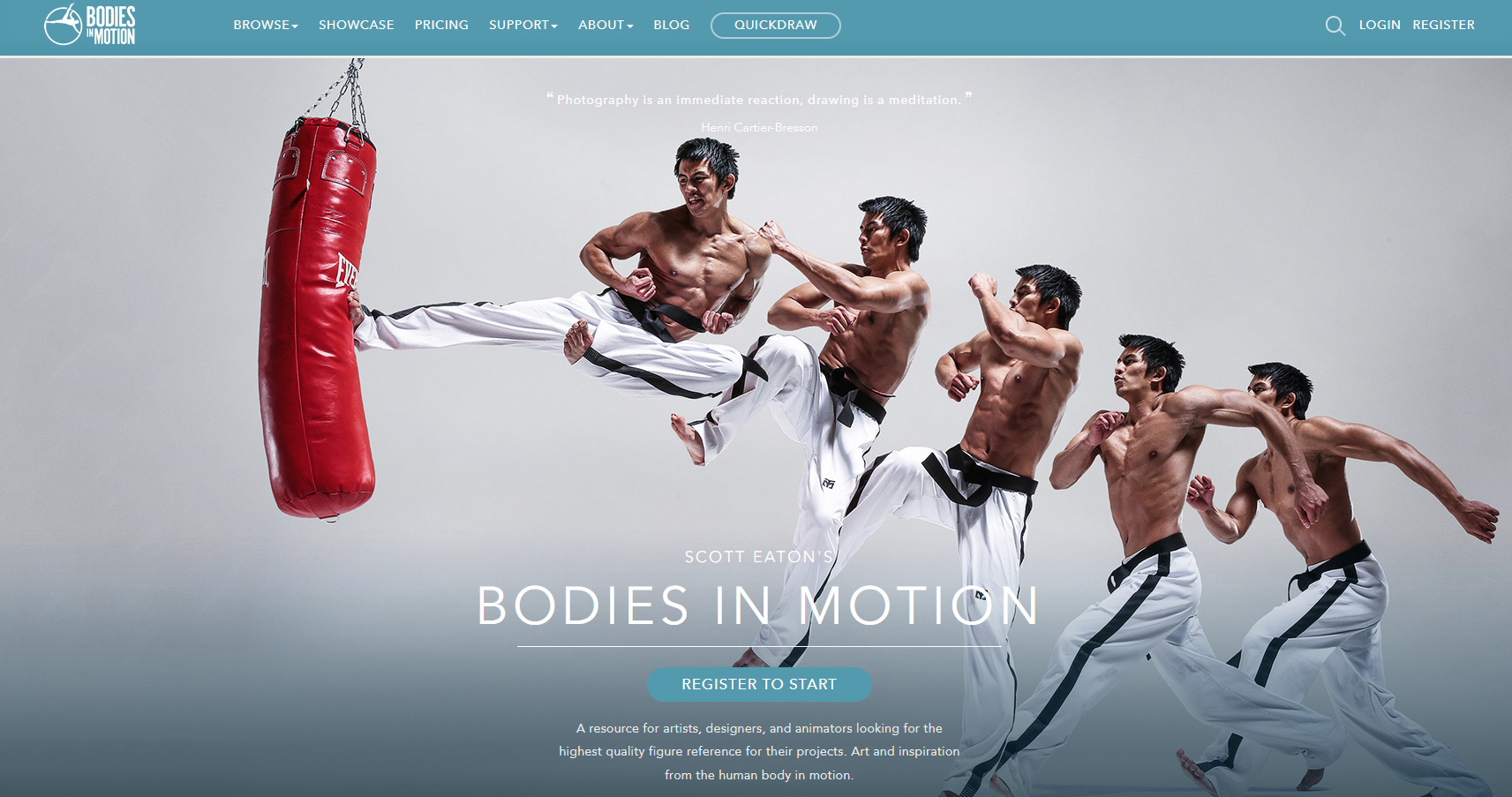
Bodies in Motion is an excellent resource for all your reference needs. It has a wide library of references from 3D scans to reference artwork, expression collections, and finally animation references.
They also tout the most expansive collection of Eadweard Muybridge‘s stop-motion photos!
Their “Walking-Locomotion” collection of reference pictures offers you extremely high-quality references of very useful human walking movements.
Endless Reference “Body Mechanics” Collection

The Body Mechanics collection by Endless Reference is one of the best references available for a wide variety of common human movements.
They offer male, female, and even young adult references for most of the references, not to mention multiple camera views as well. So regardless of what your character is like, you’ll have a suitable reference.
This collection is quite a bargain at only $25 for the whole pack.
Mixamo “Walk” Collection (Free)
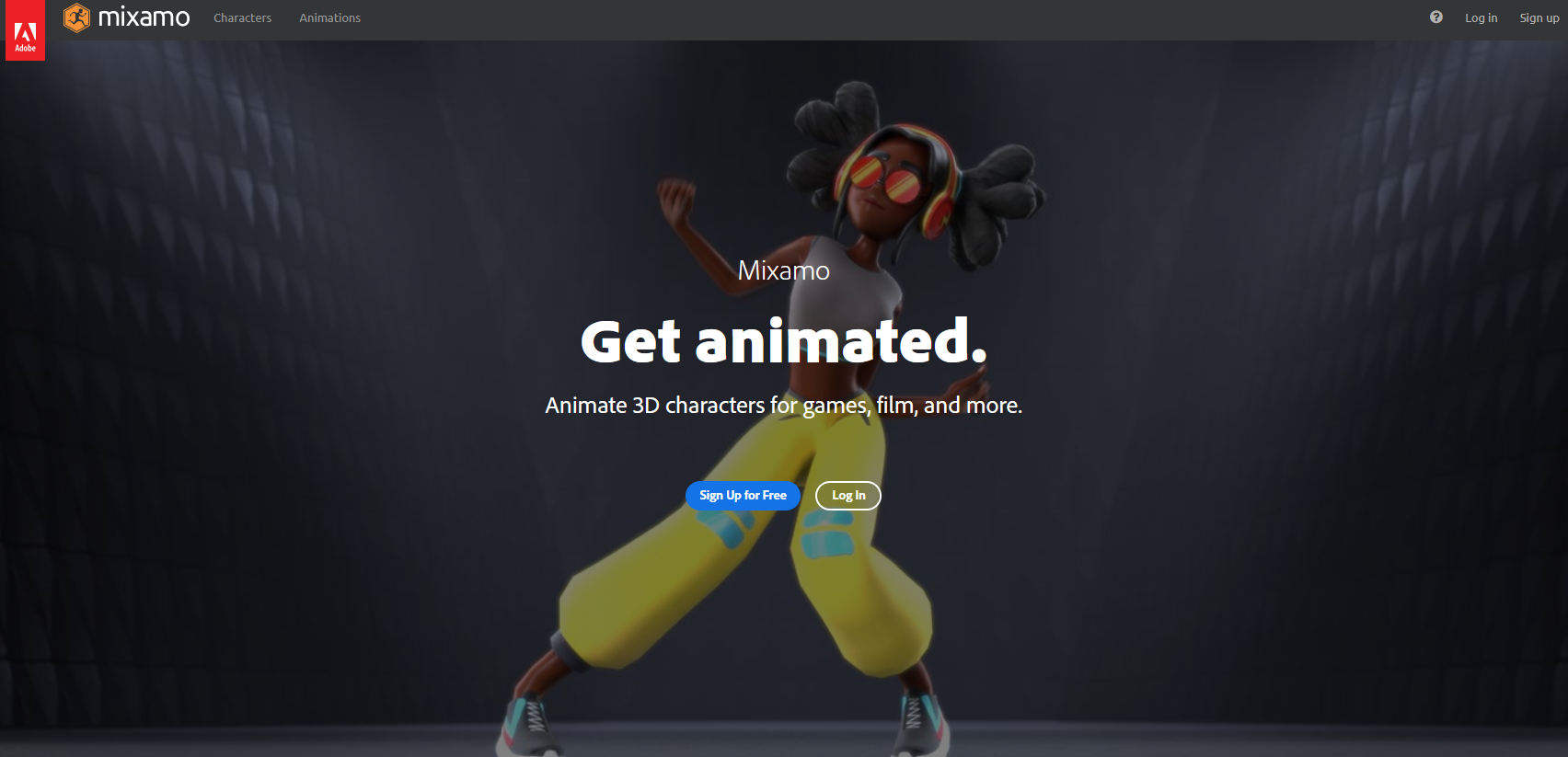
Mixamo by Adobe is one of the best free resources around for animations.
I cannot overstate how much of an invaluable resource it is for animation references.
They offer hundreds of different walking animations alone, with thousands of other animations.
They allow you to upload your own characters and quickly see how they’d look with one of the animations in Mixamo’s database without having to download anything.
And if you’d prefer to download and break down their animations to figure out how they did something, they allow you to download all the animations and assets used in those animations for free.
It’s a frankly incredible resource and is the first place I go to when I need a reference or quick animation for something.
Pinterest (Free)

You might be a bit surprised to see Pinterest here.
It has certainly gathered certain connotations around the internet as a bit of a nuisance in some regards and, as such, a large number of people avoid it.
But I think that’s quite a waste. Pinterest is an amazing place to find interesting animation references and other animation images and videos to get inspired by.
It’s certainly not the most organized, but its ability to give you unique and interesting insights into animation practices and whatnot are unparalleled.
YouTube (Free)
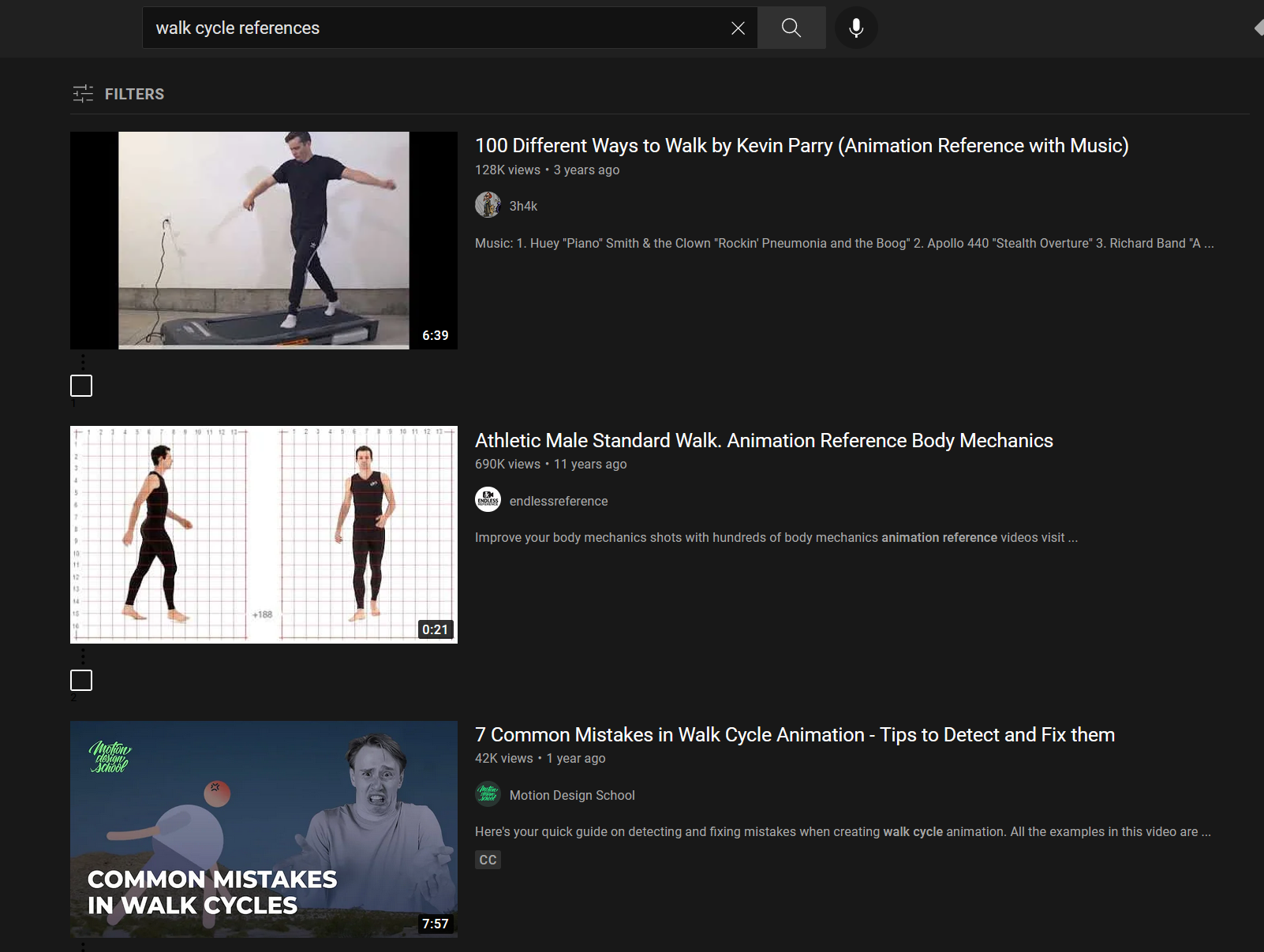
Youtube is possibly the biggest video aggregator in the world. So it’s not surprising to find out that they have a ton of animation references as well.
The quality of these references can vary wildly, but you can be sure to find references for pretty much anything you can think of here.
Use Your Favorite Movies/Shows
One of my personal favorite methods of getting references.
Finding a movie—or better yet, a show—that has motions similar to the ones that you want references for is a great way to get high-quality references.
If I need a walking animation for…say, a medieval knight on a horse.
I’ll have a much easier time finding a show in that setting and then using it as a reference as opposed to trying to find references tailor-made for something as specific as that—and it isn’t even all that specific.
Use Your Favorite Video Games
Video games are a bit harder to use as references for animations, but that isn’t to say that they don’t hold any value as references whatsoever.
Matter of fact, lots of games have high-quality characters and animations that you can easily use as references.
I personally find it to be a bit of a hassle compared to the other methods, but if I can’t find certain references and they’re available in a game instead, I don’t hesitate to use them as a reference.
Create Walk Cycle References Yourself!
Probably the most fun of all these options. Making your own references!
Seriously. It’s great for more than just creating references as well. It allows you to visualize your animations in real 3D space, which helps to create more grounded animations.
There’s also the fact that you’ll get a completely unique reference tailor-made to be exactly what you had in mind.
If it’s a simple enough reference, I’d suggest just grabbing a tripod or a friend and making your own references.
And here’s a little tip. Exaggerate your movements a bit. Animations have a way of getting duller when translated from reference to creation.
Having it so that the reference is a bit exaggerated usually gives your animations a bit more life and personality.
In Summary
Hopefully, that gave you an idea of where to look for walk cycle references.
Finding decent references can be a surprisingly challenging task sometimes, so I hope this article has made it just a bit easier for you to find exactly what you want.
FAQ
What Is a Walk Cycle Reference?
A walk cycle reference is usually an animated video of some creature walking.
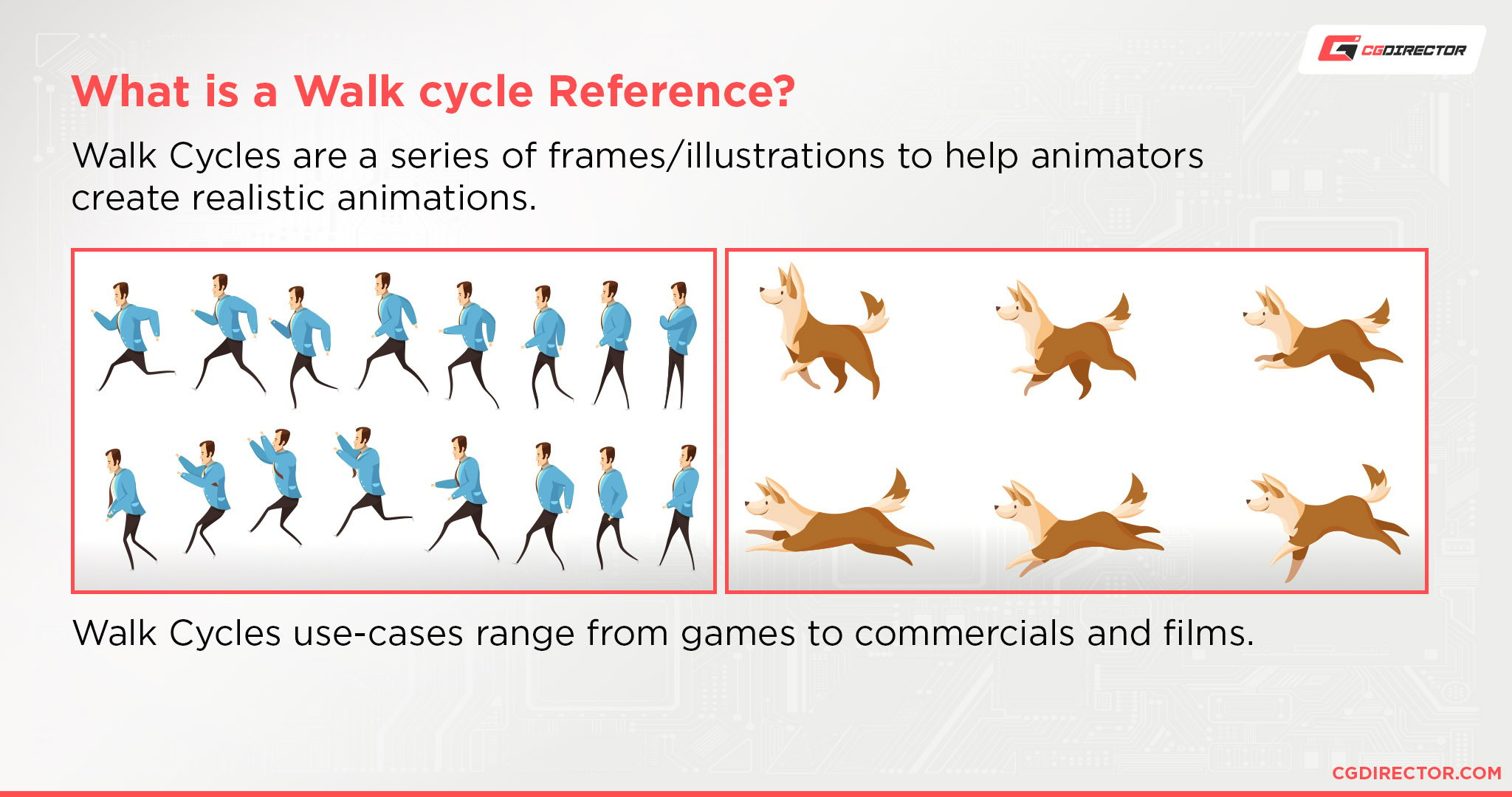
It can sometimes be a series of images that showcase the same thing as well.
These walk cycle references are then used by animators to create accurate and realistic walking animations for their characters.
Do Animators Use References?
Of course. All the time.
The human brain’s capacity to hold information is limited. We can’t store enough reference information for all situations.
Veteran animators generally have a feel for how things should be but even they use references to fill in the gaps of their knowledge.
Is It Okay to Copy a Walk Cycle Reference?
Of course, it is. That’s what references are for!
Now, I generally recommend adding in a little bit of your own personality into your creations when you use something as a reference because it helps you develop your own style and teaches you interesting things.
But just copying a reference for something as simple as a walk cycle is fine.
Tracing art, however, is not fine. You don’t learn anything from it and you just steal someone else’s work instead.
That’s the difference between being inspired and creating something similar and just straight up stealing.
Is Rotoscoping Cheating?
Ehhh. That’s a question that only has a very subjective answer.
I personally don’t consider it “cheating” if it’s used well in a way that creates something interesting and artistic and elevates the medium.
It’s different from tracing in that you’re not copying someone else’s preexisting art one to one.
You’re copying real humans and it requires a great deal of skill, patience, and creativity to do properly.
So no, I personally don’t consider it cheating. All sorts of different media, games especially, have used rotoscoping to great effect.
For example, here’s a YouTube video showing how the animations of Prince of Persia (1989) were made.
Over to You
Know any other great walk cycle references? Let us know in the comments or our forum!
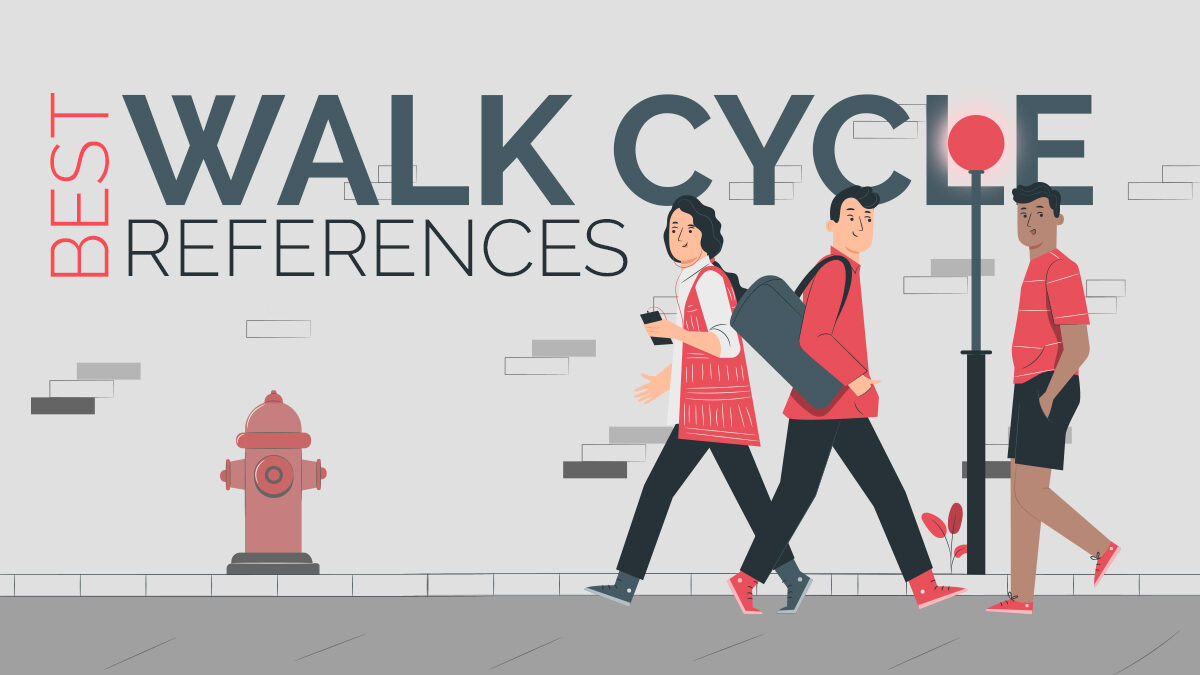
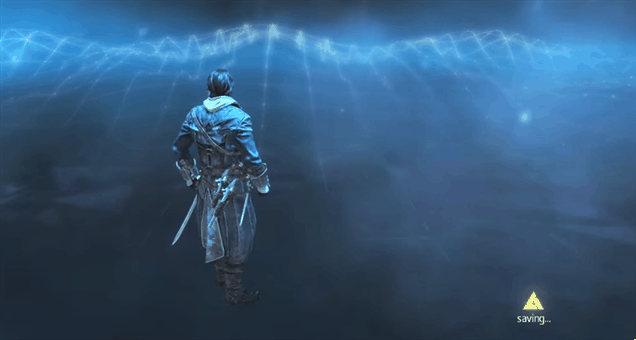

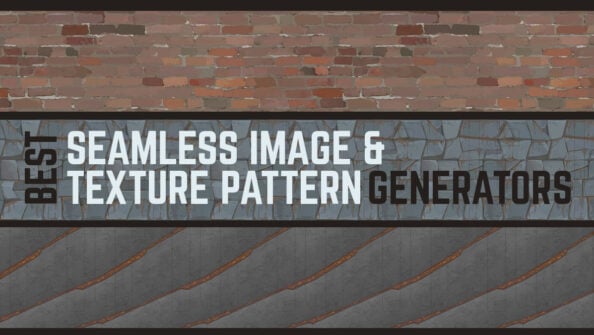
![What Is “Rendering” in Digital Art? [2D/3D] What Is “Rendering” in Digital Art? [2D/3D]](https://www.cgdirector.com/wp-content/uploads/media/2022/09/What-Is-Rendering-in-Digital-Art-Twitter-594x335.jpg)
![IOR / Index of Refraction List For Common Materials [For Use In 3D Materials / Rendering] IOR / Index of Refraction List For Common Materials [For Use In 3D Materials / Rendering]](https://www.cgdirector.com/wp-content/uploads/media/2022/06/IORIndex-of-Refraction-List-for-Common-Materials-Twitter-594x335.jpg)

0 Comments